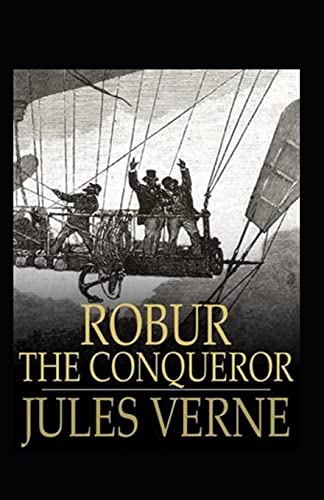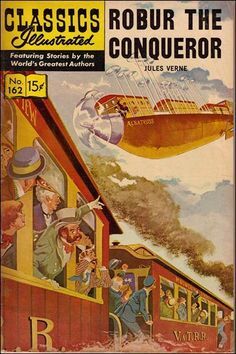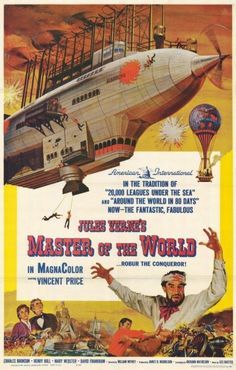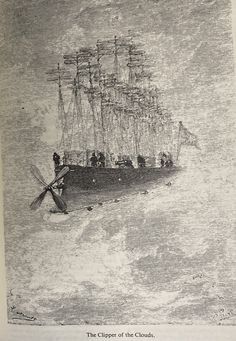What do you think?
Rate this book


196 pages, Paperback
First published August 23, 1886





"He was a pure South Carolina Negro, with the head of a fool and the carcass of an imbecile. Being only one and twenty, he had never been a slave, not even by birth, but that made no difference to him. Grinning and greedy and idle, and a magnificent poltroon."
"Frycollin was dragged out of his cabin. Loud were his cries when the mate and one of the men seized him and tied him into a tub, which they hitched on to a rope...
The Negro at first thought he was going to be hanged. Not he was only going to be towed!"
"out of the zone to which such storms are generally restricted, such zone being bounded by the thirtieth parallel of north latitude and the twenty-sixth parallel of south latitude. This may perhaps explain why the eddying storm suddenly turned into a straight one. But what a hurricane!"